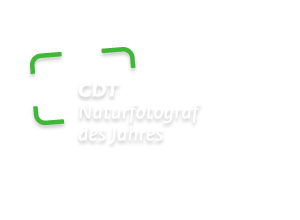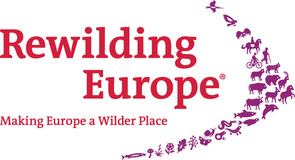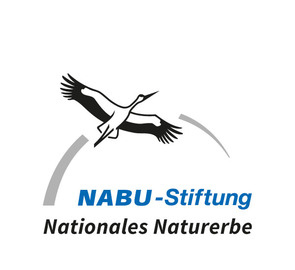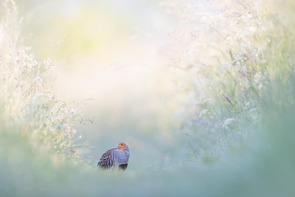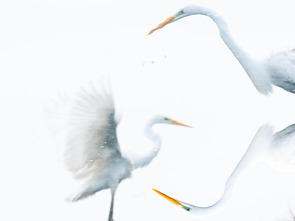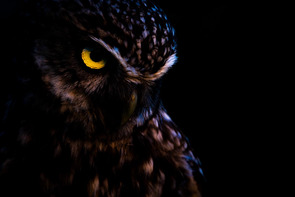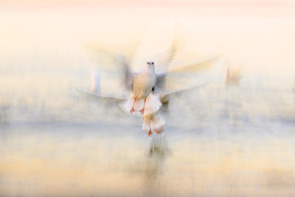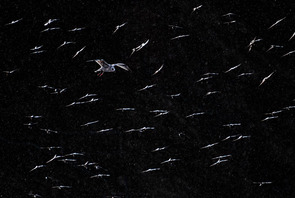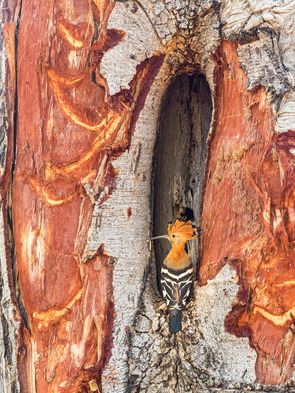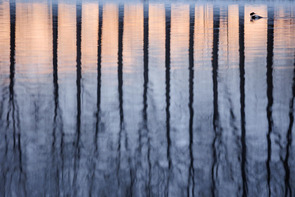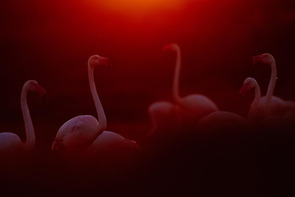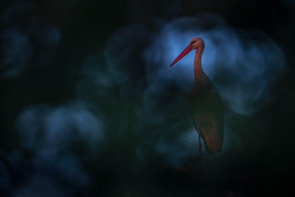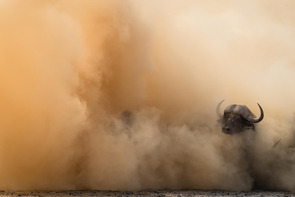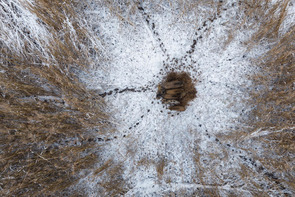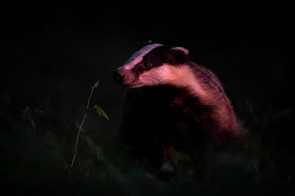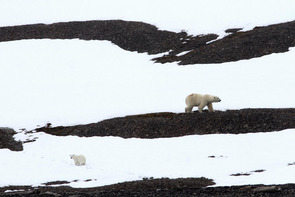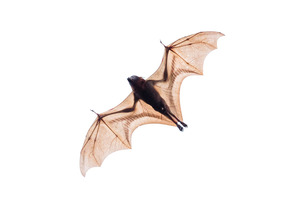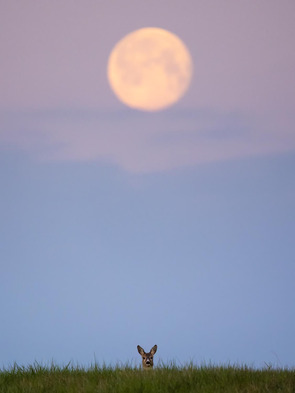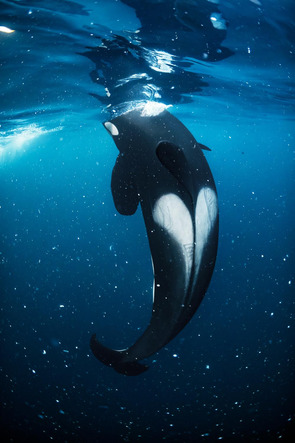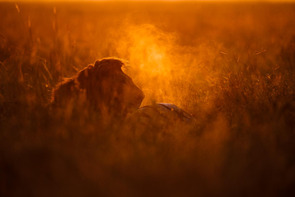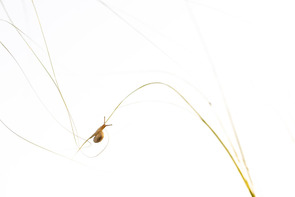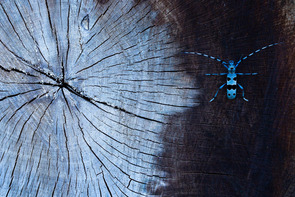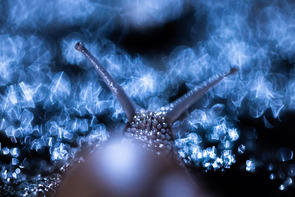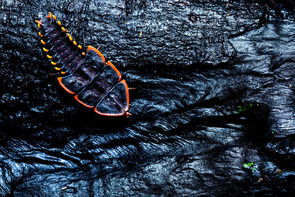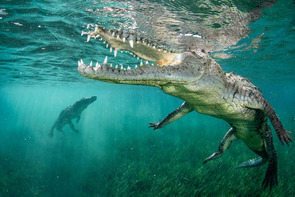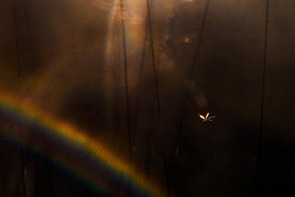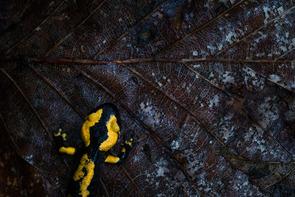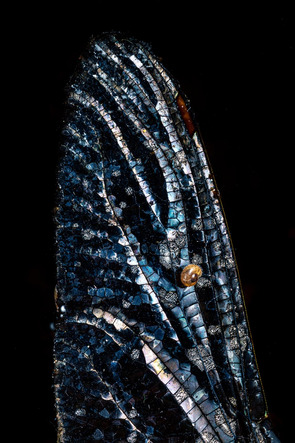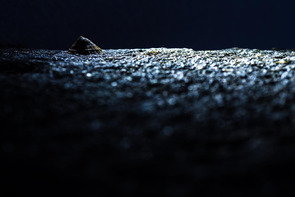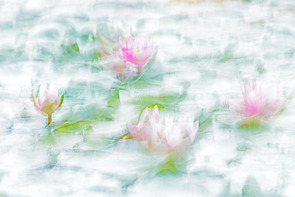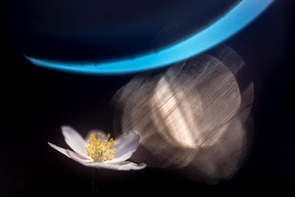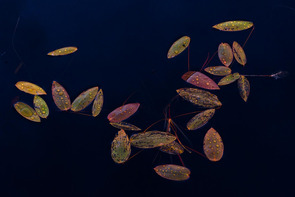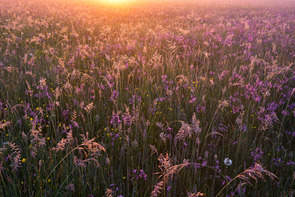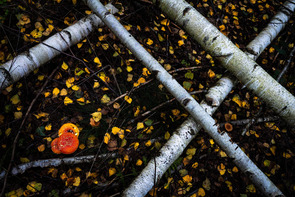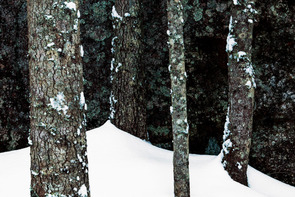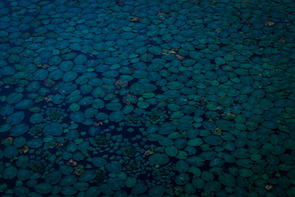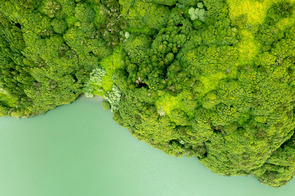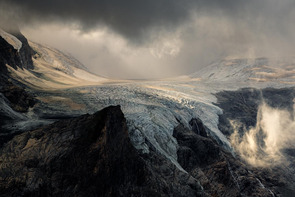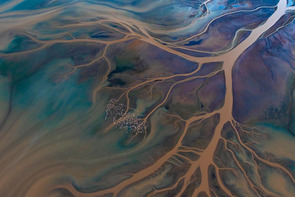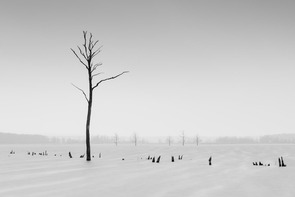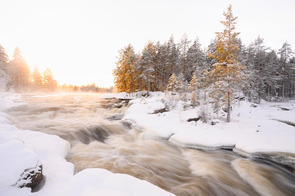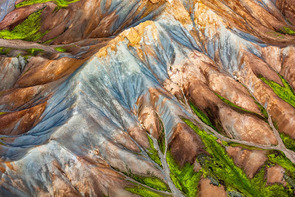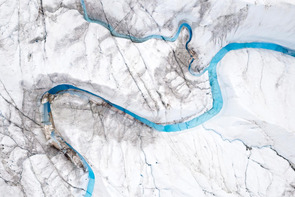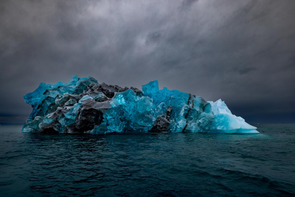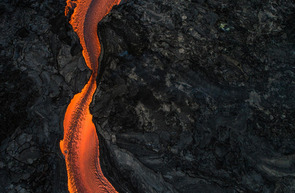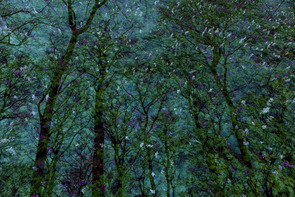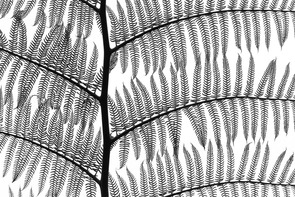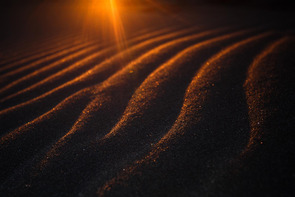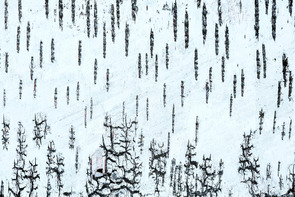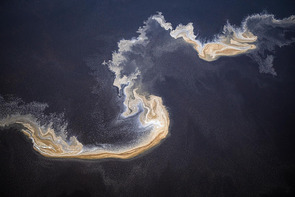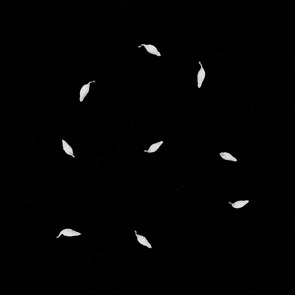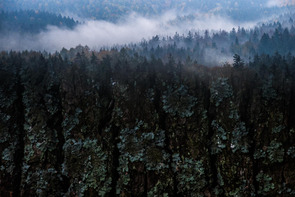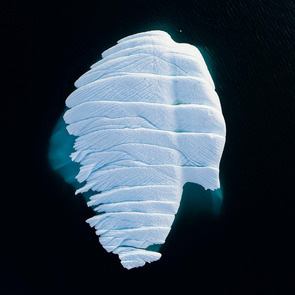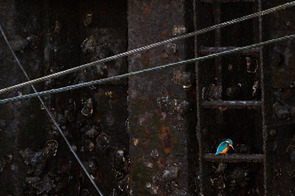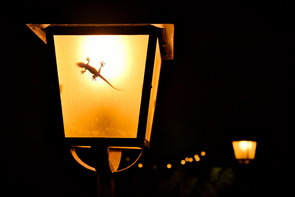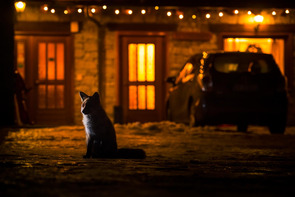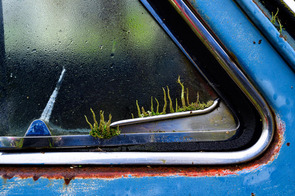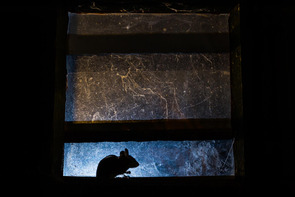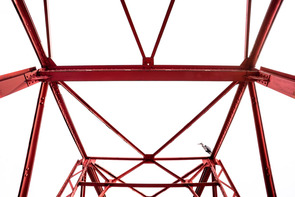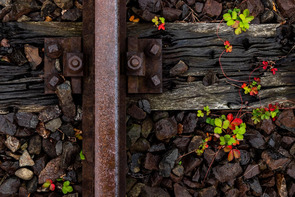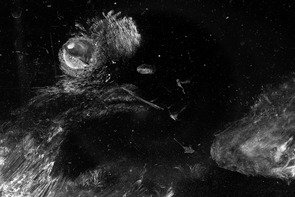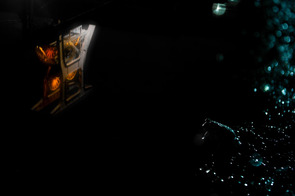GDT Nature Photographer of the Year 2023
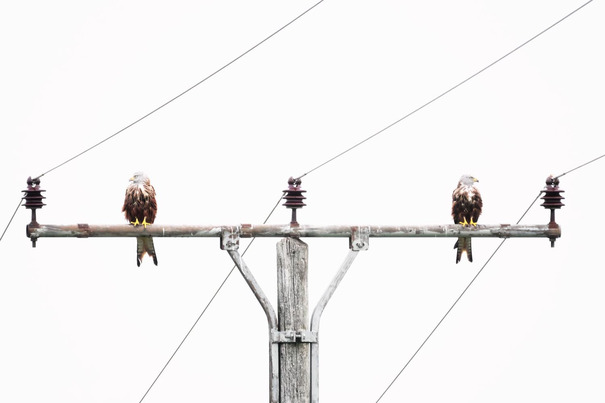
Overall Winner: Silke Hüttche - Scenes of a marriage
"I have this habit of constantly looking for birds wherever I am. So every time I pass this electricity pole, I take a look up for there is always some kind of bird sitting there. As was the case on this somewhat dull day in September 2021 when I glanced up and spotted the kite sitting there on the one end and shortly after a second one arriving to settle on the opposite end. This seemed to get exciting – were the two a pair or rivals? Hoping for some action-filled photography, I took out my camera and waited. Initially, my wish was for some kind of interaction between them. But they just seemed to have nothing to say to each other and kept looking in opposite directions. In the end, I was fascinated by this scene of perfect symmetry, and luckily both birds remained still for long enough until I had the picture I wanted."
Silke Hüttche is 58 years old, married and a mother of two grown-up sons. Whenever time allows, she is out of doors and never without a camera. Her main focus is on bird photography, but she also takes delight in other areas, such as macro or landscape photography, She grew up in the Wittgenstein region and has now lived in Wuppertal for 37 years. Most of her pictures are taken there in the Bergisches Land and the nearby Ruhr area.
www.sh-naturfotografie.de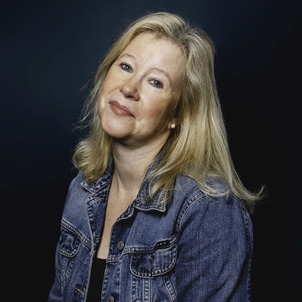
Special Category: Urban Nature
The terms „city“ and „nature“ are often understood as opposites. In our this year’s special category Urban Nature we would like to show, that this is not the case.
It is now widely known that there are numerous habitats for plants and animals in cities that provide urban biodiversity. The shrill calls of swifts as they hunt through the canyons of city buildings, flowering evening primroses on asphalt car parks, mallards breeding in flower boxes on balconies, or buzzing wild bees amid flowering meadows in city parks. These are just a few examples of nature‘s adaptability. The list could go on forever, and so we are already very excited about our members view of urban nature!
Prize of the Jury
 Prize of the Jury | Dominik Janoschka | Beyond
Prize of the Jury | Dominik Janoschka | Beyond
Jury 2023
Felix Wesch
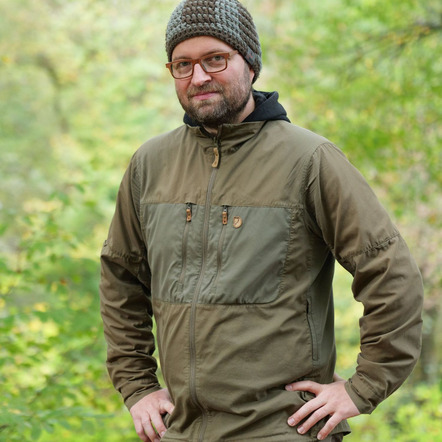
Felix Wesch (*1980) is a freelance photographer. His nature photography journey began during his studies in the Danube floodplains near Vienna and then deepened in Marburg an der Lahn. In the meantime, he is searching for his motifs near Bonn.
His interest in nature photography is mainly focused on nature in the immediate vicinity of his home. There, he is always on the lookout for motifs that may seem unspectacular at first glance, but which he wants to photograph under "perfect" conditions.
With his photos, Felix does not necessarily want to provide documentation of his excursions into nature; he always tries to include his personal interpretation of the experience, influenced by his own emotions, in the photos.
He runs a YouTube channel, gives workshops, writes articles and has already been successful in the GDT Nature Photographer of the Year competition, among others.
www.felixwesch.de
Christine Averberg
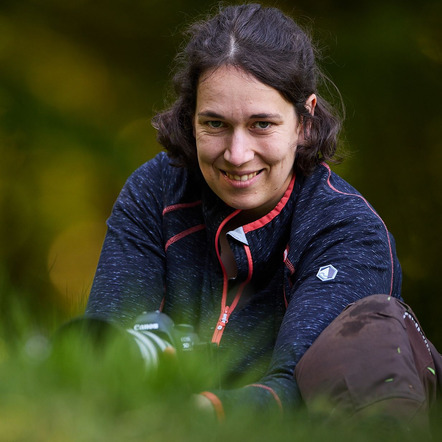
Christine Averberg, educator and aspiring wilderness educator, has been at home in nature photography for ten years. Starting with classical photography, she attended countless workshops with various instructors in her early days. Over time, she found that she did not feel at home in the classical field of nature photography and that the results were not satisfactory for her. She began to break away from conventional guidelines and swung more and more into an experimental and abstract way of photographing. In this field, she expresses how she herself perceives nature.
It is important for her to be able to use her photography in any place and not to be dependent on extraordinary animals or impressive landscapes. For her, the beauty of nature lies above all in the everyday.
Together with her partner Daniel Böttcher, also a nature photographer, she lives in Beckum, Münsterland. Together they mainly explore and photograph the local nature or prefer to travel within Germany and Scandinavia.
www.christine-averberg.de
Stephan Amm

Stephan Amm was introduced to the local flora and fauna by his father as a child, and his many Sunday hikes took him to the most diverse corners of his native Franconia. His father's Leica was always with him, so he developed an interest in photography at an early age. During his studies, he bought his first own SLR camera and developed his first black-and-white films in an improvised photo lab. Although he found life in the big city interesting, there was an increasing desire to spend his scarce free time in nature, so moving back to his rural hometown was the next step for him. Later, this proved to be the ideal balance to his work as a pharmacist and he recognised photography as his true vocation. In the meantime, he covers all areas of nature photography, always paying special attention to unusual and atmospheric views. The majority of his pictures are taken in the various natural areas of his native Franconia and are published in magazines, books, calendars and national and national and international competitions all over the world. In 2014, he ventured into self-employment as a photographer, with nature remaining his main focus. Architecture and reportage are two of his other mainstays.
www.stephan-amm.de


